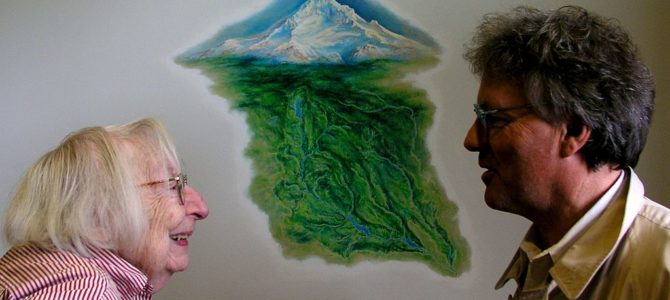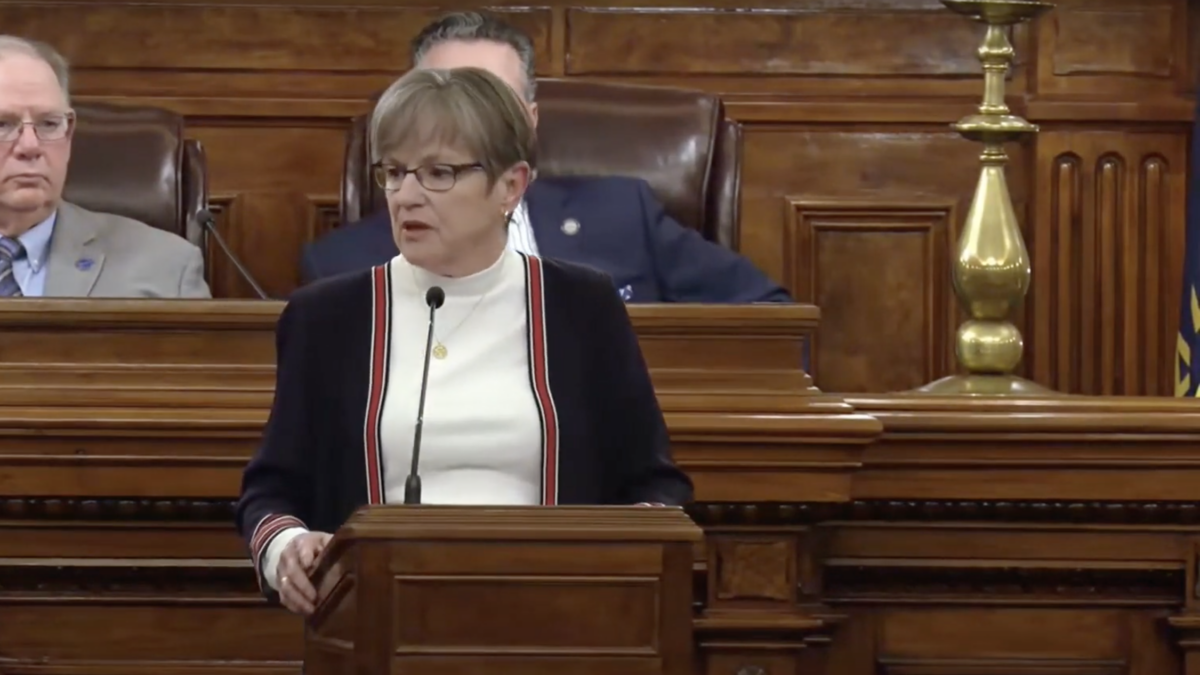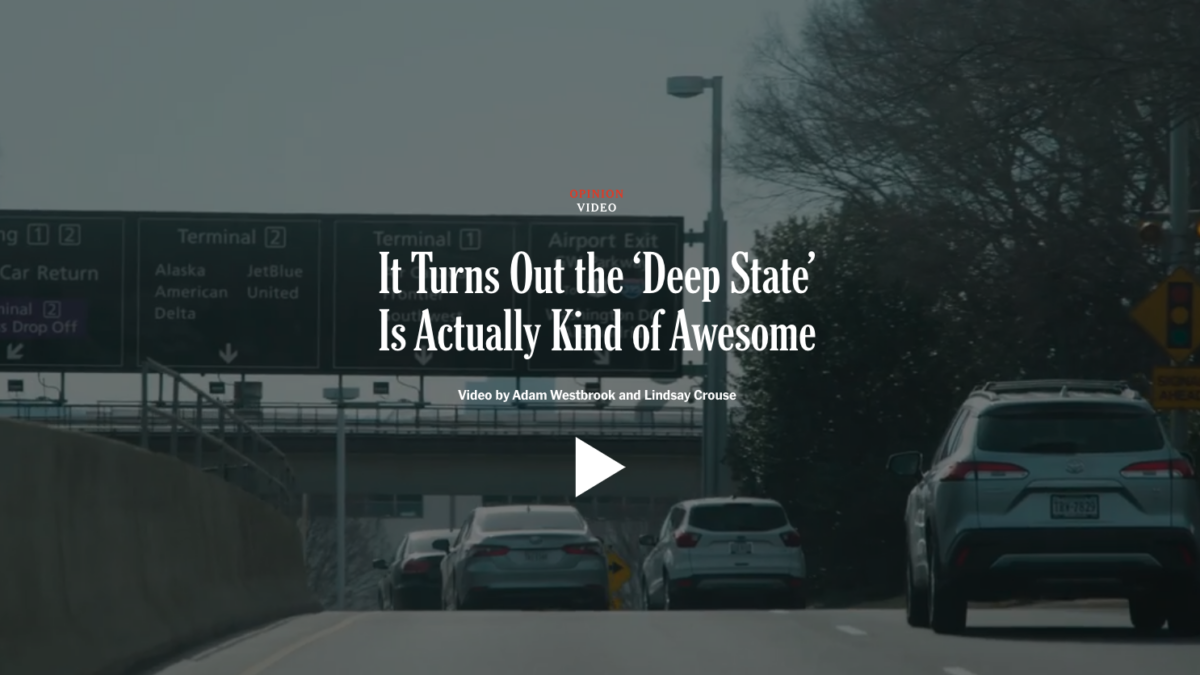
While out taking advantage of a recent sunny Saturday in New York City, I wandered through Washington Square Park. As I walked past the picnics, musicians, and artists, I thought about Jane Jacobs and the work she did to preserve the park and neighborhood.
Jacobs was a journalist who lived in Greenwich Village while Robert Moses was commissioner of the New York City Parks Department. Many people may recognize Jacobs and Moses from season one of “The Marvelous Mrs. Maisel.” Jacobs is best known for her book about city planning, “The Death and Life of Great American Cities.”
Moses was a figure reminiscent of Frank Capra’s Mr. Potter. As the years passed, Moses amassed power and insulated himself from much government oversight. He was a progressive man eager to improve the city by wiping the slate clean, “cutting out the cancer.” He applied the logic of the machine age to city planning.
In 1939, GM had a show at the World’s Fair held in New York City called “Futurama.” This exhibit showed the “near-future” to be littered with expressways and a streamlined, modern style, things Moses would incorporate into city planning throughout his career. This was an era where city planners sought to impose their theory on how they thought cities ought to function into their designs.
In the documentary “Citizen Jane: Battle for the City,” directed by Matt Tyrnauer (available on Hulu), an interview with Jane recounts the time she was in Philadelphia on assignment from Architecture Forum. She was briefed on the plans to revitalize part of the city and was eager to see the plans carried out. When she checked in with the city after the plan had been executed, she learned it did not work as the planners expected. When she asked why, the planners told her, “People are stupid, they don’t know what they’re supposed to do.”
This baffling response led Jane to question orthodoxy. She observed that cities are about people, not buildings. She saw the soul of the city. As Moses tore down parts of New York City deemed “slums,” Jane saw neighborhoods being destroyed. The example given for a “dead city” in the documentary is Albany, New York, which looks like a modernist’s utopia.
“Jane understood that living cities are not pretty. They’re messy, chaotic, dense, with people interacting together. Dead cities are beautiful in a certain sense because they tend to look predictable, there aren’t very many people. If you can understand a city, then that city is dead. Living cities are congested. They’re frustrating. At the same time, that’s where your dreams come true,” wrote Sanford Ikeda.
For a city to thrive, according to Jane, it required “enterprises and people reacting in certain ways to each other and mutually supporting each other. And wherever it worked properly, there seemed to be an awful lot of diversity – many different kinds of enterprises, many different kinds of people, mutually supporting and supplementing each other.”
The projects that replaced messy, diverse, bustling neighborhoods diminished the interaction between people and enterprises. Moses’ Urban Renewal Projects eliminated the front stoop and faced windows away from the street. They disrupted the city’s ecosystem and removed the natural proprietors of the streets. Jacobs used to say that “a well-used city street is apt to be a safe street. A deserted city street is apt to be unsafe.”
As part of Moses’ plan to revitalize Greenwich Village, he proposed that Fifth Avenue be extended through Washington Square Park to improve the flow of traffic and eventually connect to a Lower Manhattan Expressway he had in the works. In response, Shirley Hayes formed “The Committee to Save Washington Square Park.” As this was a city planning issue close to home, Jacobs joined the committee and became a vocal opponent of the proposed road.
The park reflected a diverse neighborhood, something Jane and her supporters valued. Moses scoffed at Jane and her supporters, seeing them as mere housewives. Much to Moses’ chagrin, in response to the local outcry, New York City closed Washington Square Park to traffic on June 25, 1958. Hayes and Jacobs fought City Hall and won.
This story is compelling because it highlights the power of civic engagement. Jane fought against the prevailing theory at the time that city planners knew best, and attempted to mobilize communities to improve and protect their neighborhoods.
While national politics can be overwhelming, we all have the opportunity to engage in our communities. In a New York Times article titled, “Can ‘Localism Restore Sanity to U.S. Politics?” Gracy Olmstead offers encouraging words about localism: “Localism is not a perfect cure for national division, and cannot serve as a full replacement for national politics in a globalized era. But at a time in which many Americans feel disenfranchised, disillusioned and defenseless, its empowerment may act as a sort of balm.”
Next time you are in New York, head down to Greenwich Village, take a walk through Washington Square Park, and observe the community the space fosters. Let Jacobs’s victories in her community inspire you to tackle issues that affect yours.









